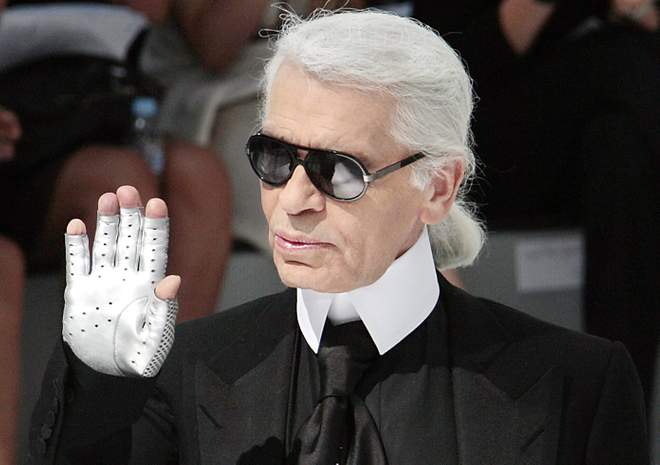
Aside from the polished bob and dark sunglasses of Vogue editor Anna Wintour, there are few who cut as recognisable a silhouette as Karl Lagerfeld. The designer’s ponytailed silver hair tied, always, with a velvet ribbon, oversized sunglasses, high-collar shirts, Hedi Slimane suits and cut-off black leather driving gloves were as distinctive as personal aesthetics come.
Read more
Lagerfeld, who died aged 85, once professed he was a caricature of himself. Often accessorised with his beloved pet cat, the ragdoll Choupette (who had two personal maids, an Instagram account and even a book deal), Lagerfeld the man became as globally renowned as his designs, his iconoclastic look being immortalised in cartoons, Steiff teddy bears and Barbie dolls. It was a visual nod to his penchant for satire (which saw him brand everything from boxing gloves to hockeysticks with the Chanel double C logo) and earned him the title of endearment, The Kaiser, from industry insiders.
One of the most prolific designers in the history of fashion, Lagerfeld’s career spanned 65 years, including 50 years at Fendi (making him the longest-standing creative director of a fashion house). For 30 years he was at the helm of Chanel; in 1984 set up the Karl Lagerfeld brand. He was a sartorial tour de force, creating more than 15 collections annually as well as designing costumes for theatre and the ballet productions. An avid illustrator and photographer, the designer shot most of Chanel and Fendi’s advertising campaigns himself and hosted exhibitions of his personal work.
He was born in Hamburg in 1933 to a wealthy family (facts he rarely alluded to, striving to remain an enigma by manufacturing his personal history in interviews throughout his life as well as changing his original surname from Lagerfelt in order to sound more commercially appealing). Lagerfeld began his career after winning a design competition in 1954, for which he submitted a yellow wool coat that belted at the collar. Off the back of this accolade he was hired as an assistant to the couturier Pierre Balmain in 1955, where he cut his teeth for three years before moving to become art director for Jean Patou, famously saying “I was not born to be an assistant.” At Patou he worked under the name Roland Karl and his early collections received negative reviews, seen as a stain upon the prestigious name of couture.
Karl Lagerfeld's most memorable quotes

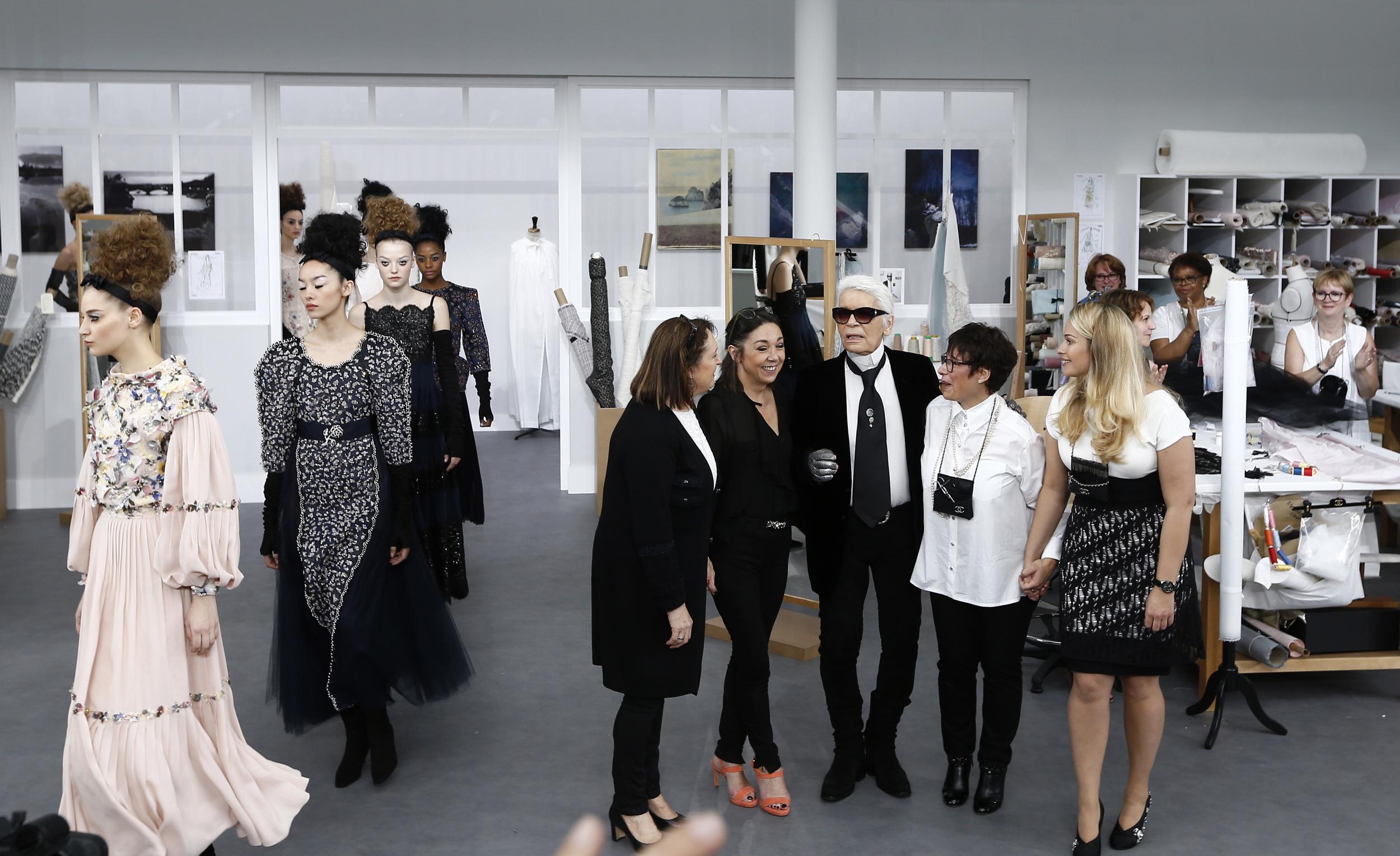

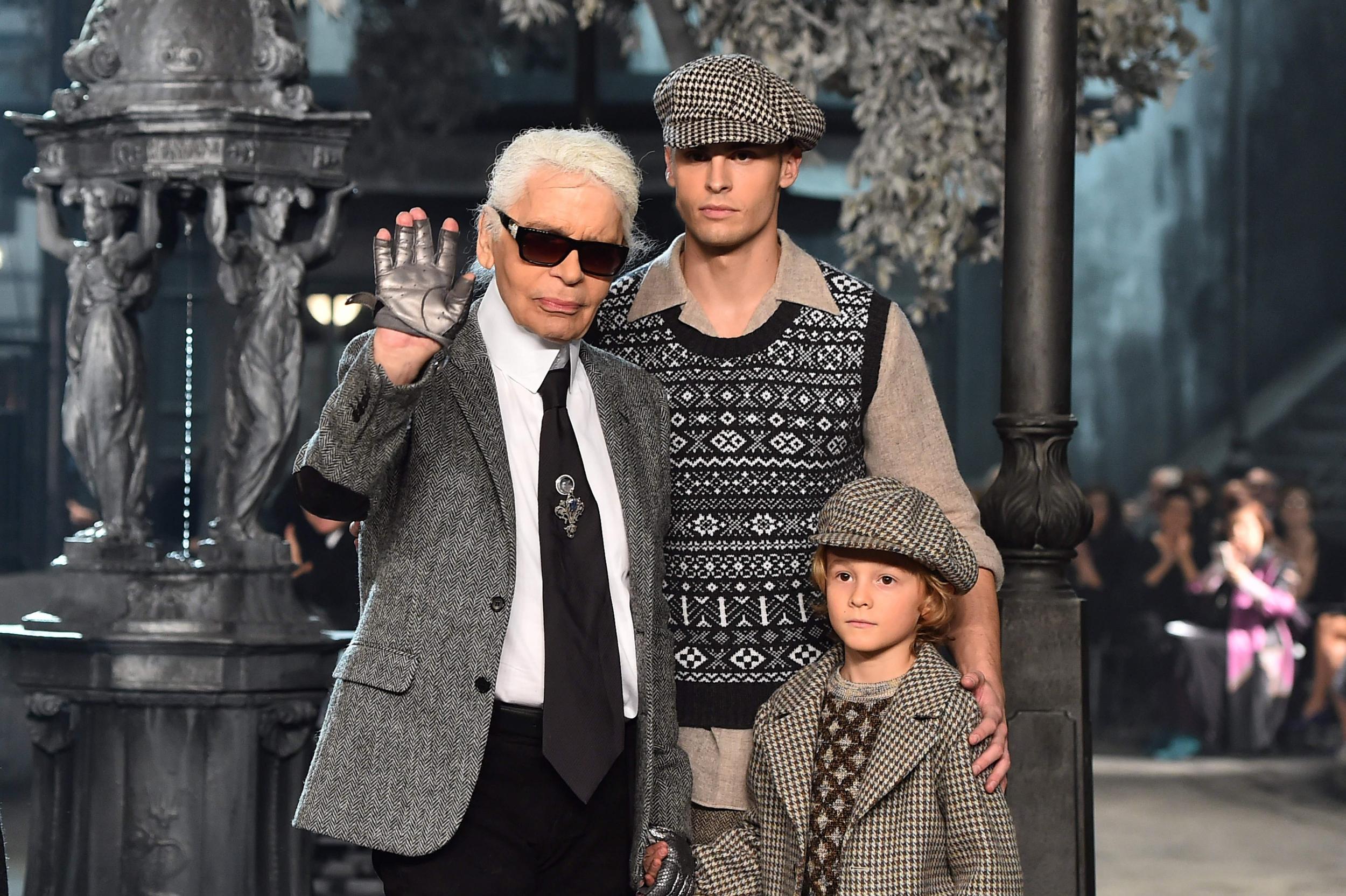
Career beginnings
Lagerfeld’s singular contribution to fashion was his ability to breathe new life into flailing brands which had rested on their historical laurels.
From 1963 he began working for fledgling brand Chloe on a freelance basis, eventually becoming head designer at the house, creating two ready-to-wear collections every year. In 1975 he launched the brand’s first perfume, Chloe Original.
His work at Fendi from 1967 saw him revitalise the leather goods brand. Much to the horror of animal rights activists, he transported fur from the dusty shelves of aristocratic women to the shoulders of the fashion forward. Dubbed ‘fun furs’, Lagerfeld’s styles removed linings and, as Rebecca Arnold, professor of history of dress at The Courtauld Institute says, “applied new approaches to render it supple and light”.
Ingrid Newkirk, animal rights campaigner and Peta cofounder, has said: “His passing marks the end of an era when fur and exotic skins were seen as covetable. Peta sends condolences to our old nemesis’s loved ones.”
Watch more
Karl Lagerfeld: Taking a look at life through the late designer’s lens
Chanel names new creative director following Karl Lagerfeld's death
Karl Lagerfeld: Why the Chanel creative director was so outstanding
Reinventing Chanel
Despite leaving an indelible mark on both Chloe and Fendi, Lagerfeld’s most powerful legacy undoubtedly lies with his revival of Chanel. By 1983, the French fashion house – once at the cutting edge of Parisian style – had become tired and stagnant, bought largely by older traditionalists. On becoming creative director that year, Lagerfeld resurrected the brand, injecting a youthful energy that sent its stocks skyrocketing.
At the time, Yves Saint Laurent was considered the reigning king of French fashion, with postmodernist designs that clashed high fashion with street style. Lagerfeld adopted a similar method, crystallising the zeitgeist by translating the contemporary fashion lexicon into high fashion pieces.
“There are very few designers who have changed the course of fashion history. Coco Chanel was one of them, and Karl Lagerfeld was another. His great talent was his ability to identify, articulate, and frequently anticipate changes in the zeitgeist. Effectively, he invented the language of late 20th- and early 21st-century fashion with his creative genius and quickfire, epigrammatic wit,” said Andrew Bolton of the Costume Institute at The Metropolitan Museum of Art.
Watch more
First and foremost, though, he referenced the work of his predecessor, Mademoiselle Chanel, in his work – always paying homage to the founder. “He was a true chameleon who could adapt to the needs of a brand or the changing moods of society with unparalleled skill,” said Emma McClendon of New York’s Fashion Institute of Technology.
Lagerfeld’s first haute couture collection for the house was an ode to Chanel’s earliest silhouettes of the 1920s and 1930s. Chanel had revolutionised fashion following the First World War by adapting traditional unstructured menswear shapes and fabrics (such as tweed and ticking) and repurposing them for womenswear.
The comfort of menswear appealed to her in an era marked by the restrictive corsetry of womenswear and the Chanel style was simple and versatile, focusing primarily on the comfort of the wearer. She pioneered a democratic style of fashion: her pieces were sold at couture prices but they spoke to an emancipated mood that raised traditional working class fabrics into the realm of couture and lent themselves easily to cheaper copies. This democratisation is something Lagerfeld himself took to in his own high-street collaborations.
Lagerfeld adapted the classic boxy tweed Chanel suit of 1925 and reinvented it for the modern age. Appearing in all his collections, his versions stretched Chanel’s fabrication, expanding it to include denim and leather and embellishing it with plastic, wood and even digital printing methods. Where Chanel had referenced her humble beginnings through pedestrian fabrics, Lagerfeld tore and frayed his suits and made them with mini- and maxi-skirts and even hotpants. Chanel herself, would have balked at the latter – apparently saying of Mary Quant’s miniskirt: “Have they all gone mad?”
Karl Lagerfeld's most iconic designs

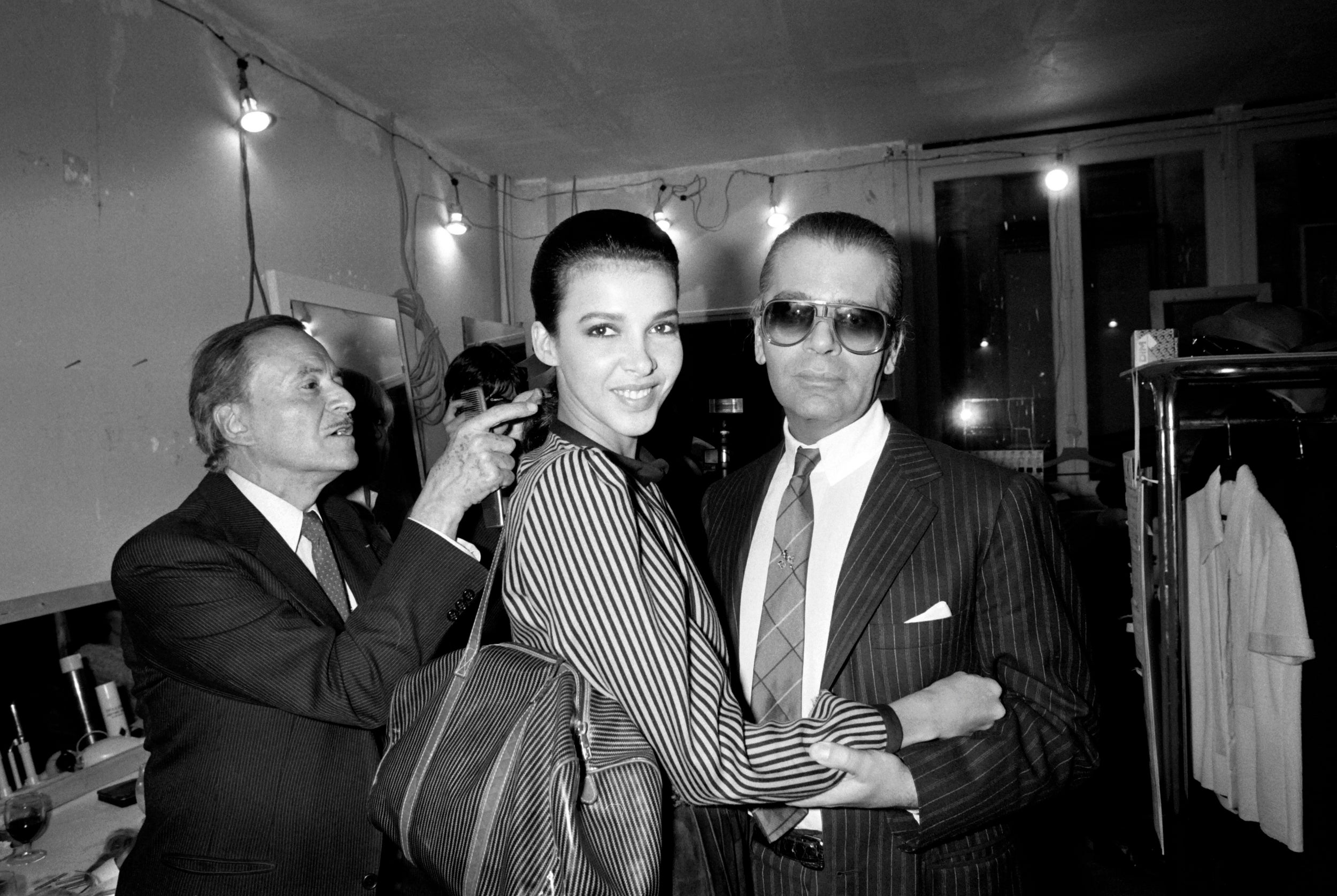
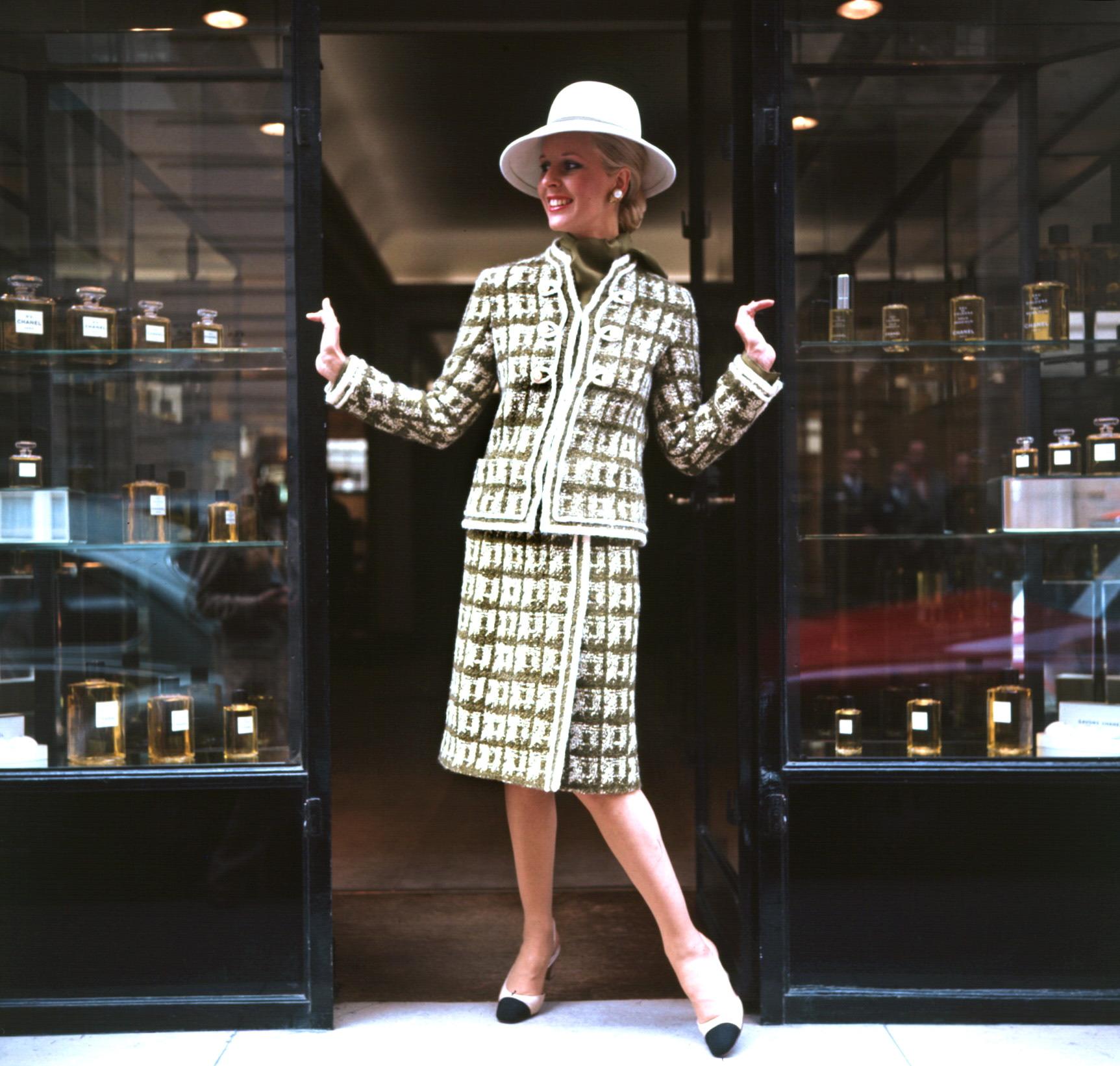
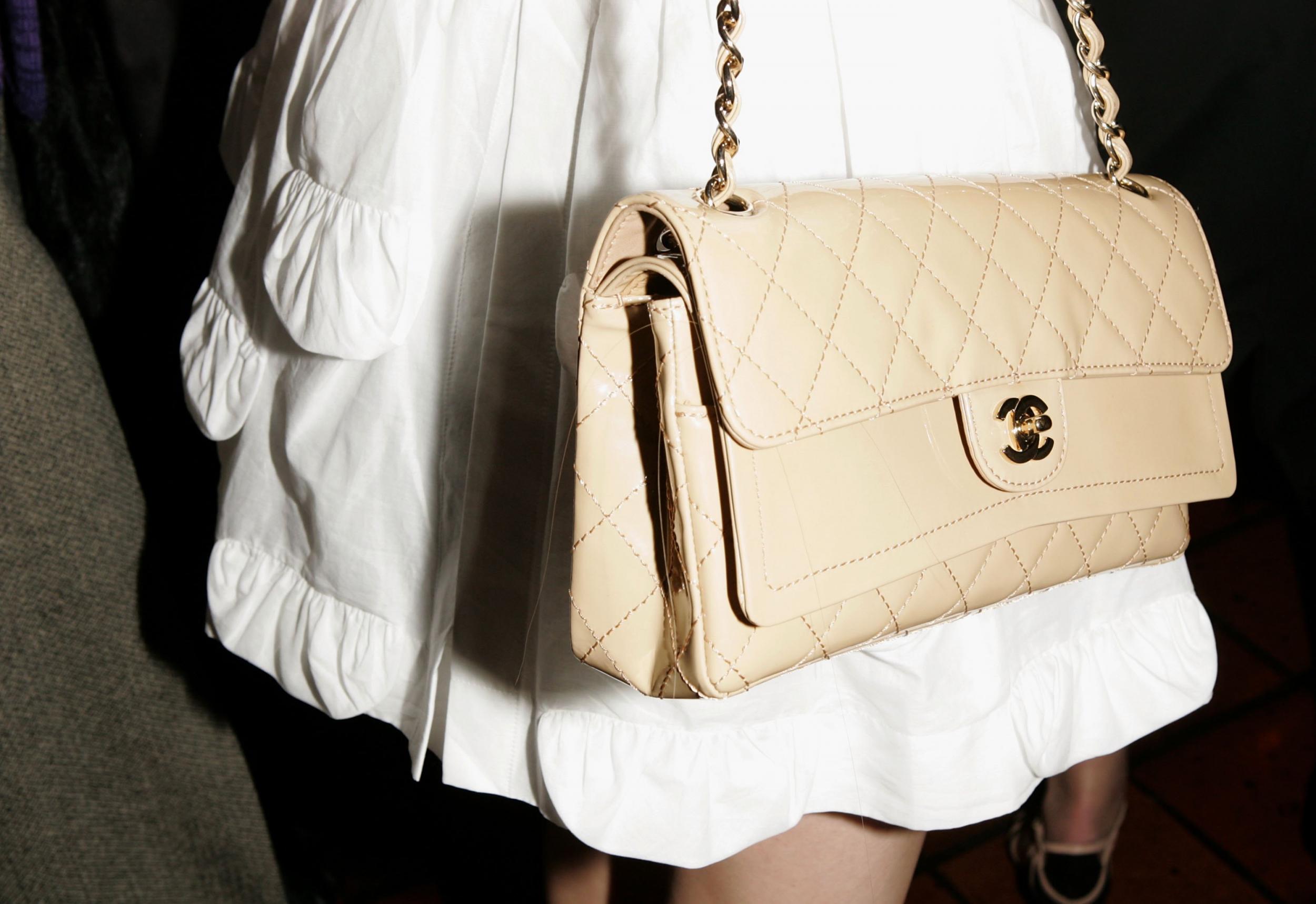
Lagerfeld’s designs at Chanel were peppered with controversy, much like his predecessor. Icing the brand with sex appeal in the 1980s, he sent models down catwalks nearly naked with just camellias over their nipples. In the mid-1990s he took advantage of the prevailing popularity of hip hop, accessorising his collections with enormous gold chains and featuring looks inspired by street style. Another collection saw surfer-style introduced. “He combined a vast knowledge of fashion history with an insatiable interest in contemporary culture and was never shy of provoking controversy,” says Oriole Cullen of the V&A.
“Lagerfeld’s drive, ambition and clarity of vision enabled him to take on not just multiple collections each season, but numerous fashion houses, defining each with his ability to combine a unique identity with an overriding sense of the present”, says The Courtauld Institute’s Rebecca Arnold. His own label, however, never reaped the success he earned at the French fashion houses.
The spectacle of the catwalk
To Lagerfeld, fashion was to be worn to perform at the theatre of life. At both Chanel and Fendi he masterminded catwalk shows that became the most theatrical in the industry, bringing collections to life by weaving catwalks around elaborate settings that saw Paris’s Grand Palais transformed into everything from a scaled-down Eiffel Tower; a 148-metre ship that took a month to install; a beach with a moving tidal machine and Chanel lifeguards and a Chanel supermarket and even a space station. For Fendi’s 90th anniversary, he bridged Rome’s Trevi Fountain with a glass catwalk.
Courting controversy
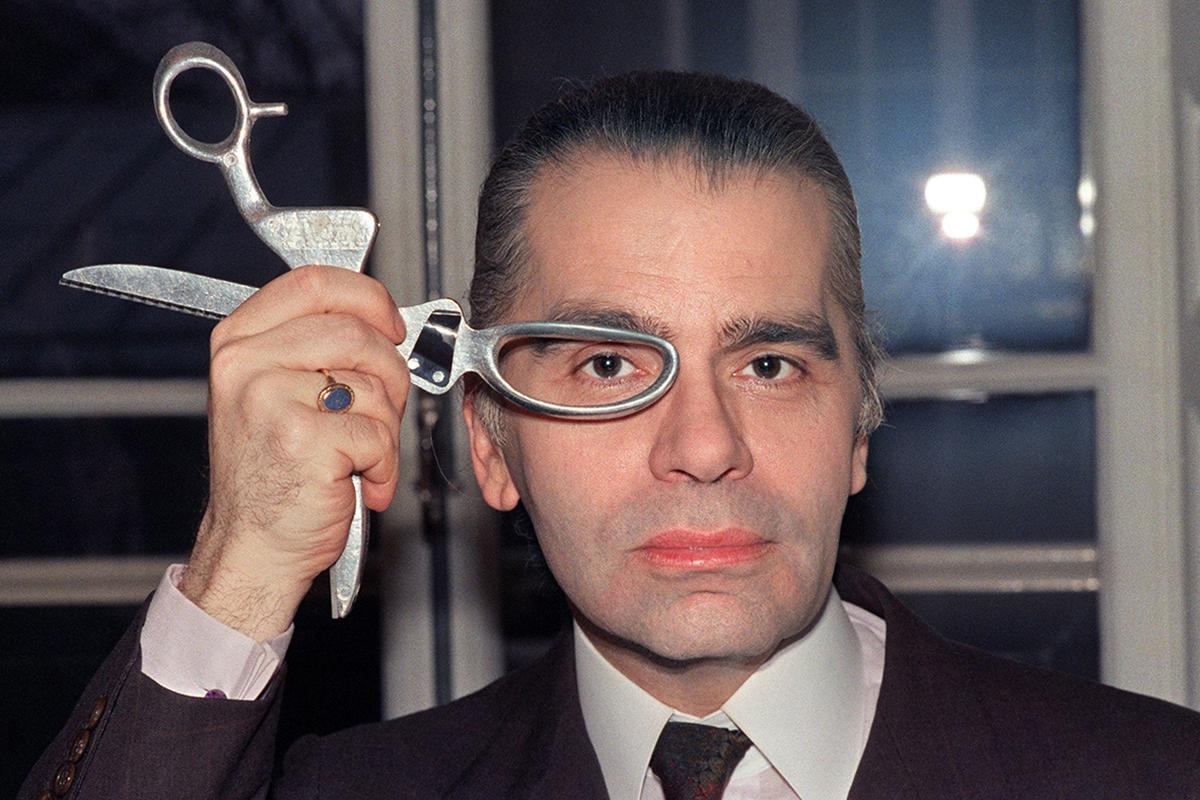
Just as his Chanel predecessor, Madame Coco Chanel herself, Lagerfeld’s life was not without its controversies. Always outspoken and often offensively so, the designer knew how to rub people up the wrong way. In 1994 he faced accusations of cultural insensitivity when he embroidered phrases form the Koran onto dresses, he was outspoken about female celebrities being “too fat” once saying of his own weight loss: “Fashion is the healthiest motivation for losing weight,” and criticised the Me Too movement.
For Chanel’s spring/summer 2015 collection, the designer took advantage of feminism’s nascent fourth wave, staging a mock rally that saw models including Cara Delevingne storm down the specially-created ‘Boulevard Chanel’ waving placards that read “Ladies first,” History is her story,” and “Women’s rights are more than alright.” It was a matter of years before numerous other brands followed suit.
Business acumen
His desire to have his clothes enjoyed by a mass audience and a keen eye for a commercial opportunity saw Lagerfeld creating successful diffusion lines at multiple price points. In 2004, Lagerfeld became the first name in a long line of designers who had collaboration with highstreet chain H&M. The collection sold out worldwide in just two days, though Lagerfeld was incensed by the small production run that went against the intent of giving his collections mass availability, soon dismissing ever working with the brand again. In 2017 he collaborated with skater brand Vans, producing T-shirts printed with his likeness, leather backpacks and redesigned skater shoes and in 2011 he designed a series of Diet Coke bottles.

A lasting legacy
Widely adored in the fashion industry, Lagerfeld was famed for his close relationships with his fashion muses, over the years including the likes of Vanessa Paradis, Kate Moss, Florence Welch and Cara Delevingne. He even walked Kristen McMenamy down the aisle at her wedding to Miles Aldridge in 1997.
“Karl Lagerfeld was a giant of the fashion world. Throughout a long and impressive career, he managed to retain an important place at the centre of the industry,” says Cullen. “He will be greatly missed by all in the fashion world. As the last practising designer from the twentieth century’s golden years of fashion, his passing marks the end of an era.”
Independent









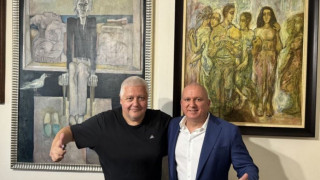







Leave a comment